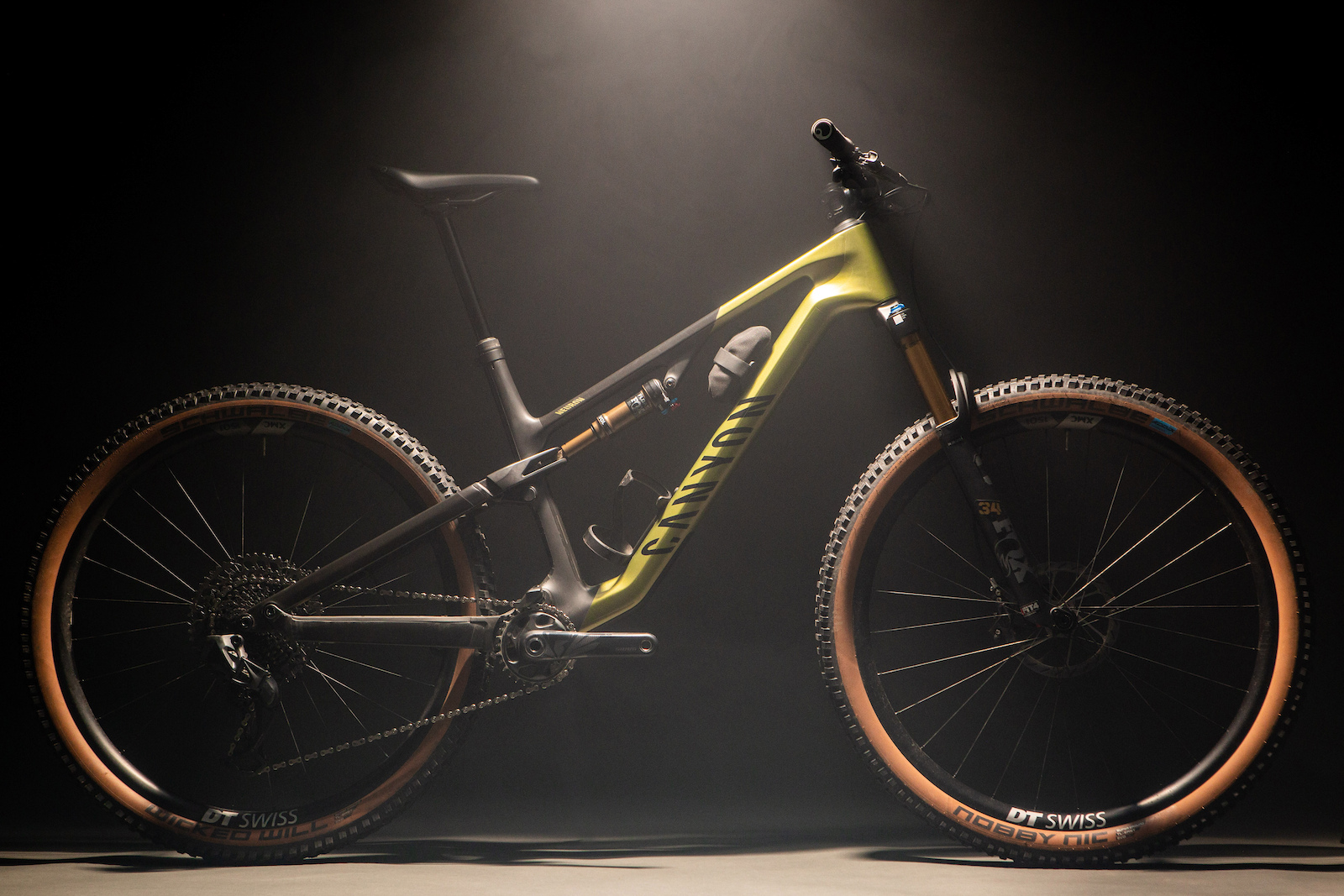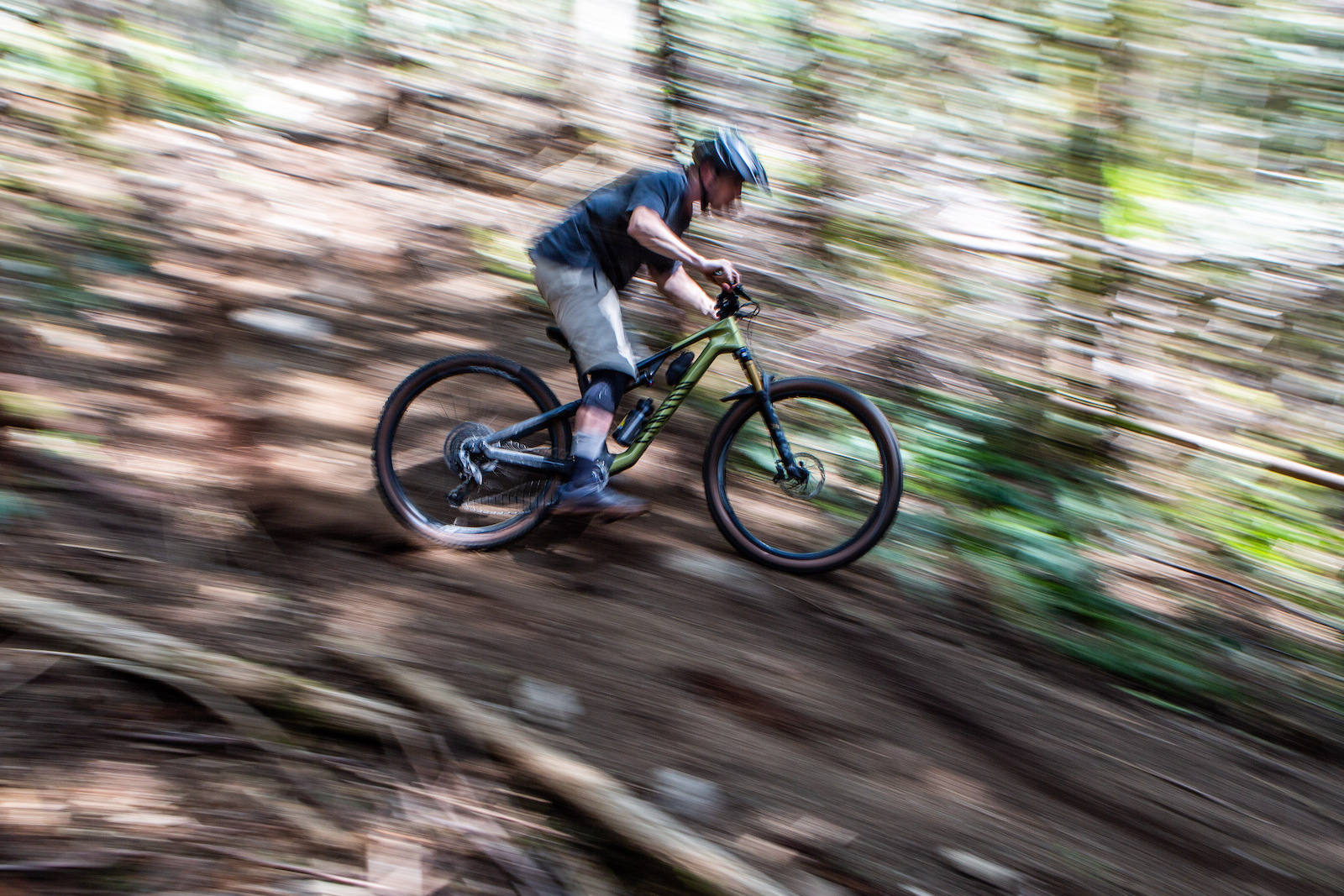In some ways, though, it feels like the big news out of the last few years isn’t how commonplace their bikes are with your favorite pros, but just how much their bikes have progressed.
• Wheel size: 29″
• Travel: 130 frame / 140mm fork
• Carbon frame
• 66-degree head tube angle
• 437 mm chainstays
• Sizes: XS – XL
• 13.4 kg / 29.5 lb
• Complete bike: $5,499 USD
• canyon.com
The Neuron typifies that, as well as it should. As Canyon’s best-selling bike there is a lot riding on it being a success, and being representative of what a modern trail bike can be. It certainly looks the part, with smooth clean lines, a crisp colorway, a wide variance in sizing, and plenty of options both in alloy and carbon. As you’d expect with Canyon, the spec is also very good for the price.
Introduction
Frame Details
Geometry
Suspension Design
Specifications
Setup
Climbing
Descending
Technical Report
What’s the Best Value?
How Does it Compare?
Pros & Cons
Pinkbike’s Take
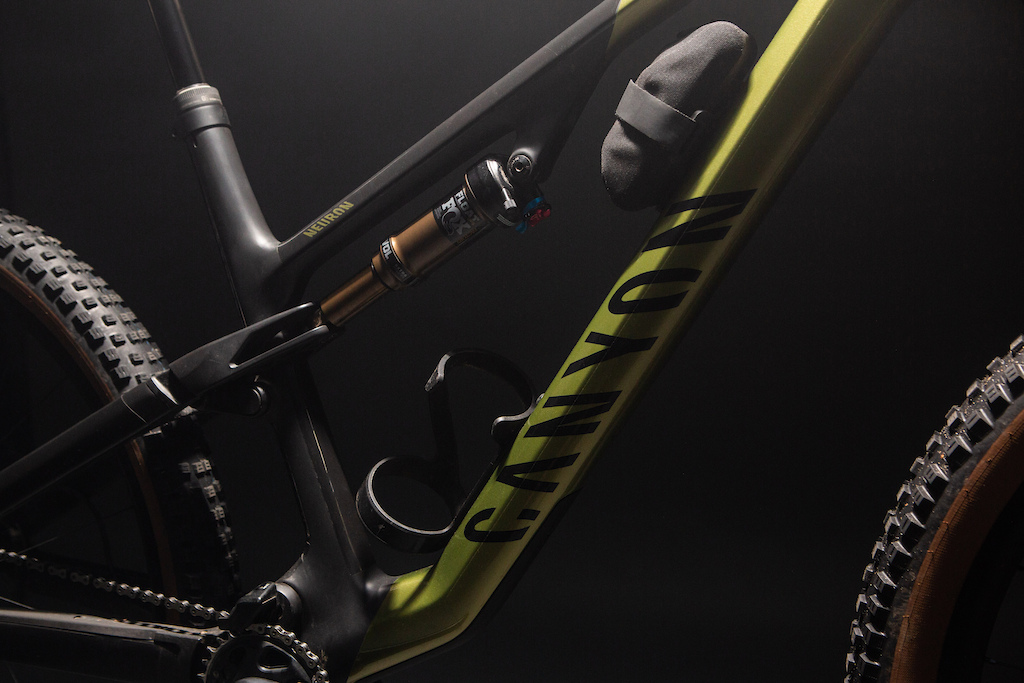
The Neuron frame is a very good looking bike, and there’s plenty of tech in there too. Let’s take a rundown of the features.
Firstly, this is a 29″ wheel bike in most sizes, however, there are options for 27.5 in both the extra small and the small. The bike also has a junior platform.
The bike has a lot of sensible touches. Completely guided cabling means you should be able to just push your brake hose or shift cable from the back of the bike and it will be guided all the way through to the front of the bike. The bike does use an internally routed headset, but it should be said that even riding over a very wet winter in BC it never developed any creaks or cracks from the front of the bike through dirt or moisture ingestion. The same, sadly, can’t be said for the linkage, which developed a creak early on in the test period.
The integrated chainstay protection is comprehensive and even helps to prevent chainsuck, the downtube guard is clean and the chain guide is minimalist yet effective. There is also the option for a little kit that nestles under your top tube to include the bare essentials. There is also a thread bottom bracket and very deep insertion lengths for the 200mm as-standard adjustable seatpost that came on my size large test bike. There are three bolts available for water bottle cages, so if you don’t run a piggyback shock you have more options for placement, and if you do you can still get your bottle to fit. Canyon has made all the spare parts and bearings available to order via their website. All great features.
One thing that may split the crowd is the rotation-limiting headset. Some will like it, and the way it protects the frame from the bars wrapping around, and others might find it irritating. I don’t mind it, and I think Canyon’s execution is one of the better ones. That said, it does make getting the bike to lay flat in the back of a car impossible – which is a small issue but a frustrating one when trying to get as many bikes in as possible.
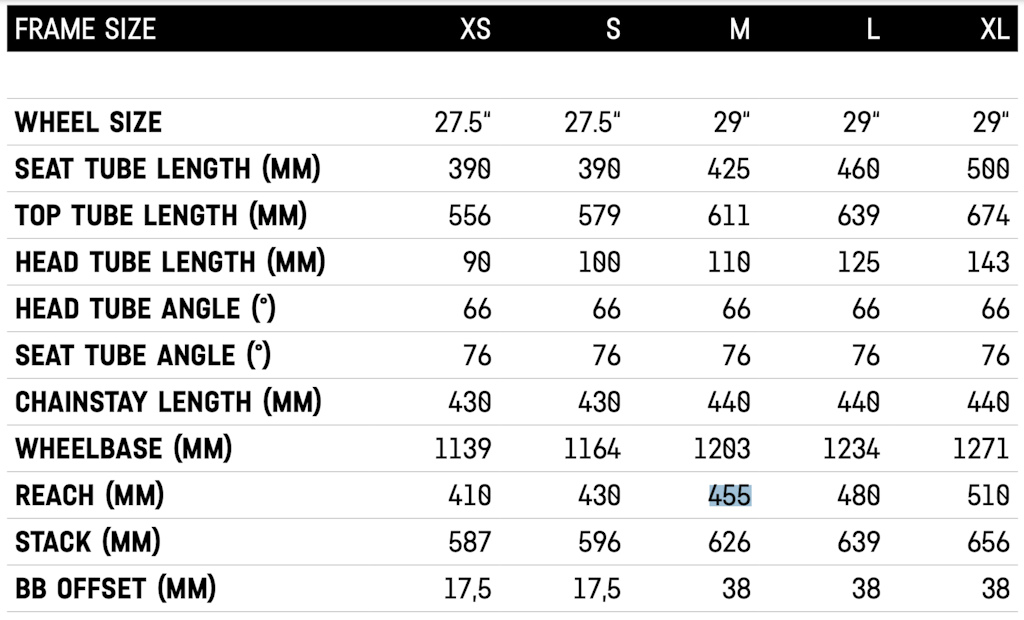
The geometry of the Neuron has seen a leap forward compared to its predecessor, while also leaving enough in there for its tried-and-true core audience. It has grown bigger in terms of reach and has healthy 440mm chainstays. The bike also has a relatively high stack value across all sizes. Whereas the 76-degree seat tube angle might seem a little on the slack side for some, I found it to be right on the money. It’s a very well-balanced bike when pedaling, and thanks to its high front it also offers a lot of comfort.
It’s not the slackest 130 mm trail bike (think Forbidden Druid or Transition Smuggler), but I actually enjoyed the slightly faster-paced handling. The 66-degree head angle is slack enough, and will give the right feeling for people who probably have a more classic version of trail biking in mind, rather than riding more extreme trails on a lighter bike. It’s heavy-duty-XC not enduro-light, and I’m all here for it.
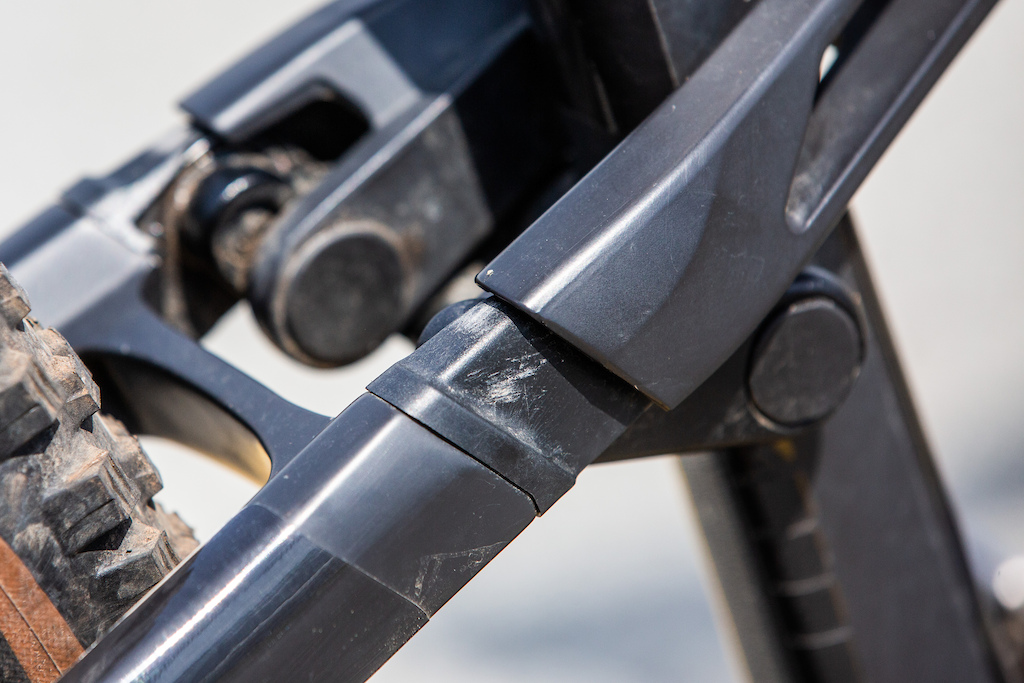
Canyon refers to the suspension on the Neuron as their Triple Phase Suspension. While I eventually got it into a good place, I wouldn’t say that in its stock guise it lives up to the talk of “superb small bump response” or delivers the amount of necessary progression.
It’s essentially a four-bar system. It’s compact, it looks neat and it leaves lots of space inside the rear triangle. It uses a 50 mm stroke on the 29″ model but, interestingly enough, it uses a 45 mm stroke shock on the smaller sizes. They all still deliver 130 mm of travel regardless. The bike is compatible with piggyback shocks, and honestly, I’m a little surprised to not see a Neuron option with one. Quite frankly, its geometry merits a bigger, slighter heavier shock.
The bearings are all double-sealed, and feature a mixture of standard and special bearings, although you should be able to get them all easily enough through Canyon. At the rear of the bike, the stays have plenty of clearance and can take up to a 2.4″ tire.
I have a good raft of settings from previous bikes. I have found that for FIT4-equipped forks I tend to run a little higher pressure as I just find it preserves geometry a little more. The latest version of the FIT4 is an improvement from the previous, but it still doesn’t offer the same level of composure as the GRIP2, and for that, I’m happy to remedy it with a higher spring rate. I ran 115 PSI.
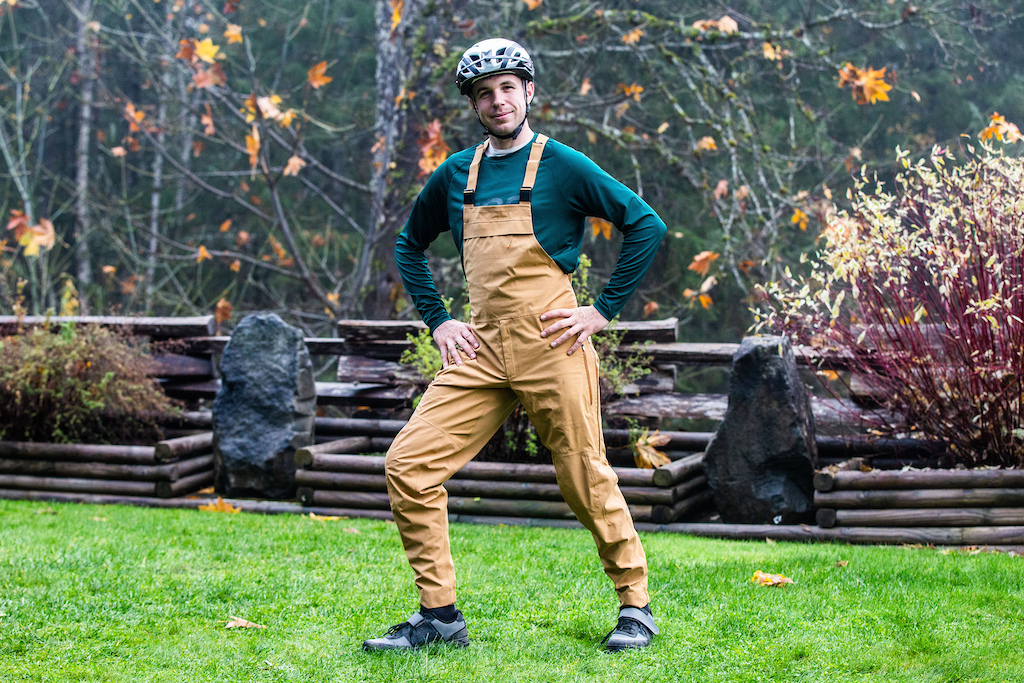
Henry Quinney
Location: Squamish
Age: 31
Height: 183 cm / 6′
Inseam: 82 cm / 32.5″
Weight: 81 kg / 178 lbs
Industry affiliations / sponsors: None
I eventually got the Fox Float DPS Factory shock into a good place, but it took some fettling. With its stock red volume spacer installed from stock, it just gave nearly no bottom-out resistance. To remedy this I tried going to higher and higher pressures. I eventually got to around 250 PSI, and 24% sag before I found there was anything like the consistency and bottom-out resistance at the end of the stroke that I wanted.
However, with those settings you can wave goodbye to pretty much any-and-all tracking. I subsequently installed the largest volume spacer Fox has available for the DPS and went down to around 230 PSI. It dramatically increased performance and opened up the whole bike’s capabilities while increasing grip massively. Still, for my money, I think this bike should come with more damping just to take the edge off the shaft speed – the shock tune didn’t seem to match the bike’s manners.
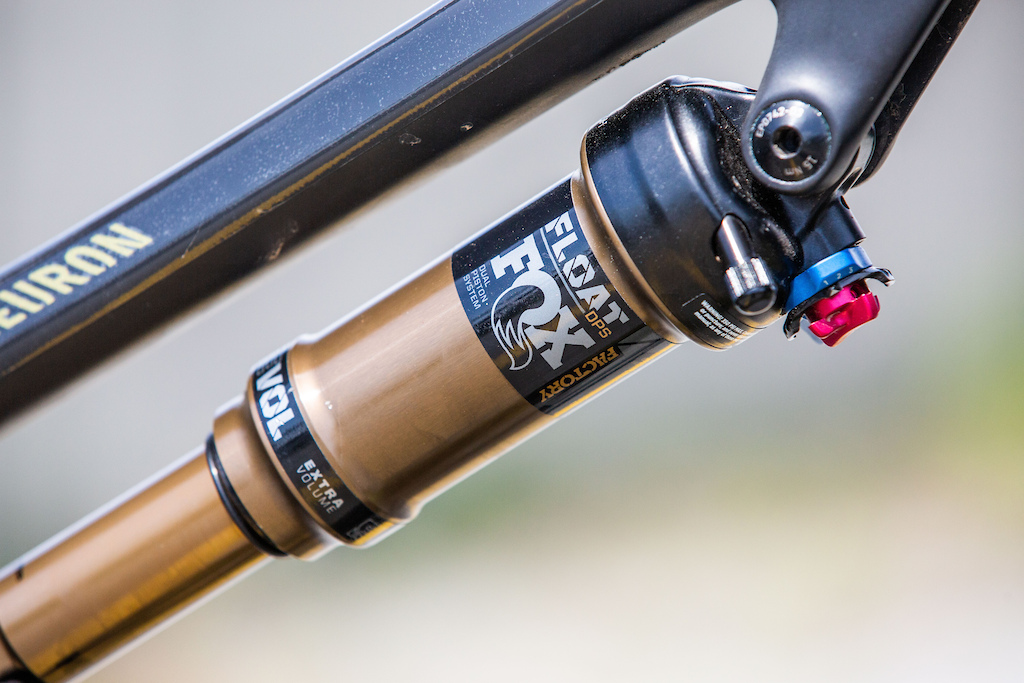

I found myself gelling with everything else on the bike seamlessly. After my first initial ride, I thought, quite frankly, this bike deserves a bigger rotor on the front, but actually, I learned to love the 180 mm. The rest of the bike is well-specced and very suitable. I personally prefer narrower bars and I felt right at home on that 760 mm width and 20 mm rise Race Face Next Bars and 60 mm stem.
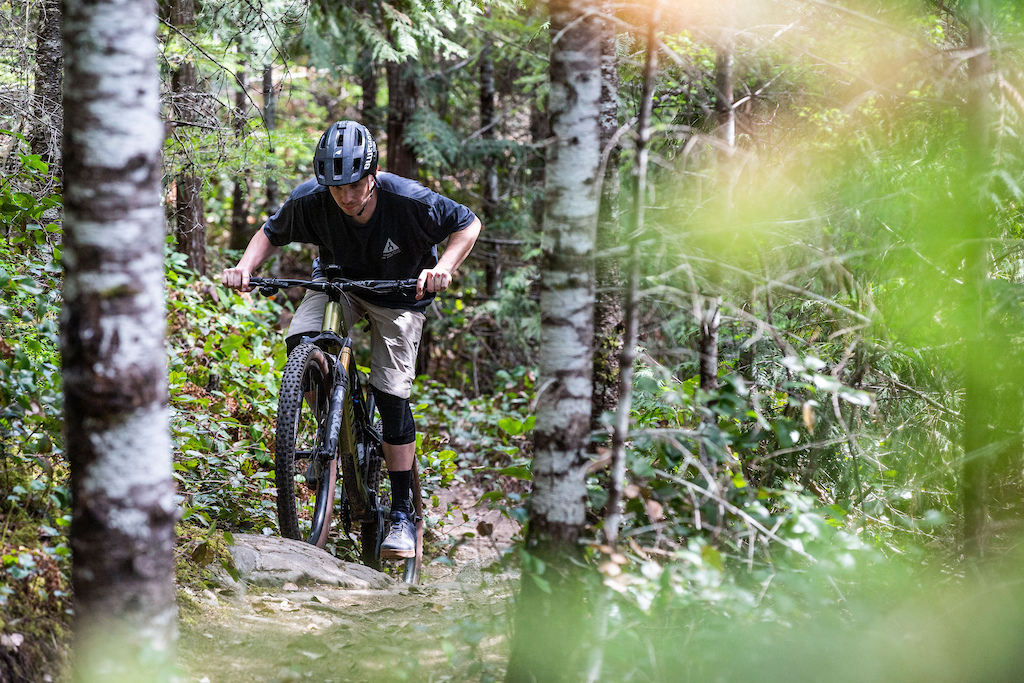
Once the suspension was set up it vastly improved slow speed tracking and the Neuron really began to deliver on the climbs. The weight bias is far further forward than a lot of other 130 mm trail bikes. and Canyon has done a great job of positioning this bike as a true all-rounder. Has it got a 90-degree seat tube angle and the ability to climb walls? No. Is that what a trail bike should have? Well, some may disagree but I would argue that the slightly slacker, but still steep enough, 76-degree seat tube angle gives this bike the ability to take trails at a canter in a way that steeper seat-tubed bikes simply don’t. For undulating and flowing singletrack, which is what trail riding is to me, this bike has a superb balance.
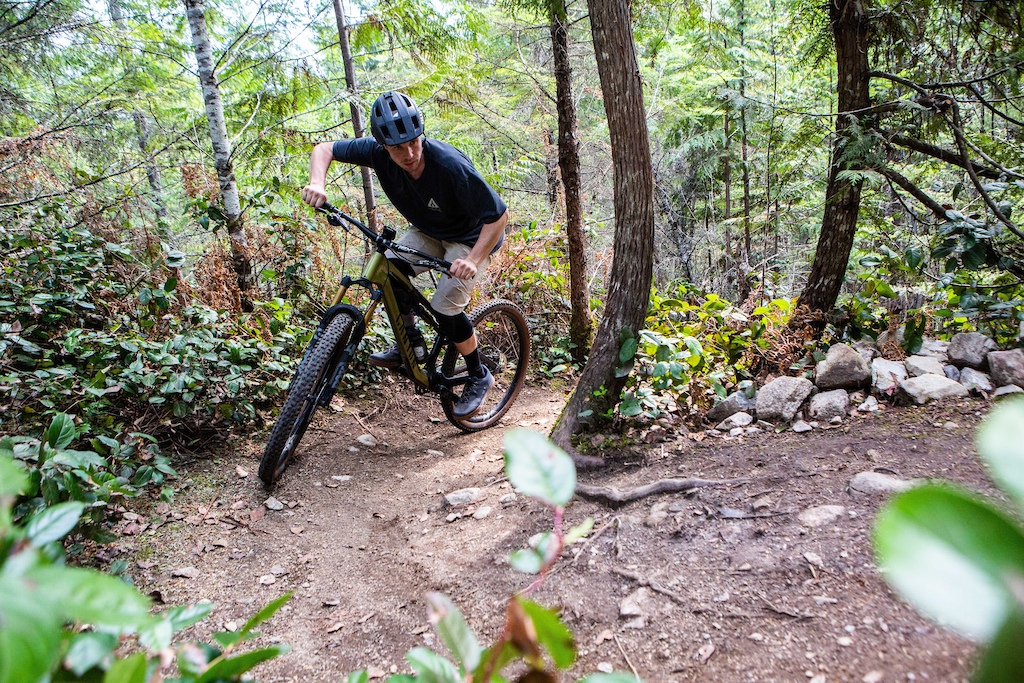
The higher-than-most stack height also plays into this. With the shock happy in its work, it became a very comfortable place to be. It’s civilized, it’s fast and it’s got an intuitive, lively feel on the climbs that a lot of trail bikes could only dream of having. If it sounds like I’m gushing, it’s because I am – I really liked how this bike climbed.
I left the shock in the open mode for a mixture of grip and simplicity. If I’m going on a trail ride I want to be riding things that need my suspension to be open and working. It’s firm underfoot and punchy when it needs to be. The three-phase system doesn’t feel all too sophisticated, and I would say that in my mind it might have slightly too much anti-squat, but a lot of people will like it for that. It’s smooth and comfortable enough, definitely, but it could break into its stroke a little easier when trying to scramble up climbs.
On steeper terrain, that high stack really puts your bars in range and you can preload the front very effectively. Plus that 66-degree head tube angle, steep by some standards, feels right at home and aids this further. On flatter terrain, its position also keeps your weight through your hips and is markedly more comfortable on your wrists than some other bikes I’ve ridden in a similar travel bracket.
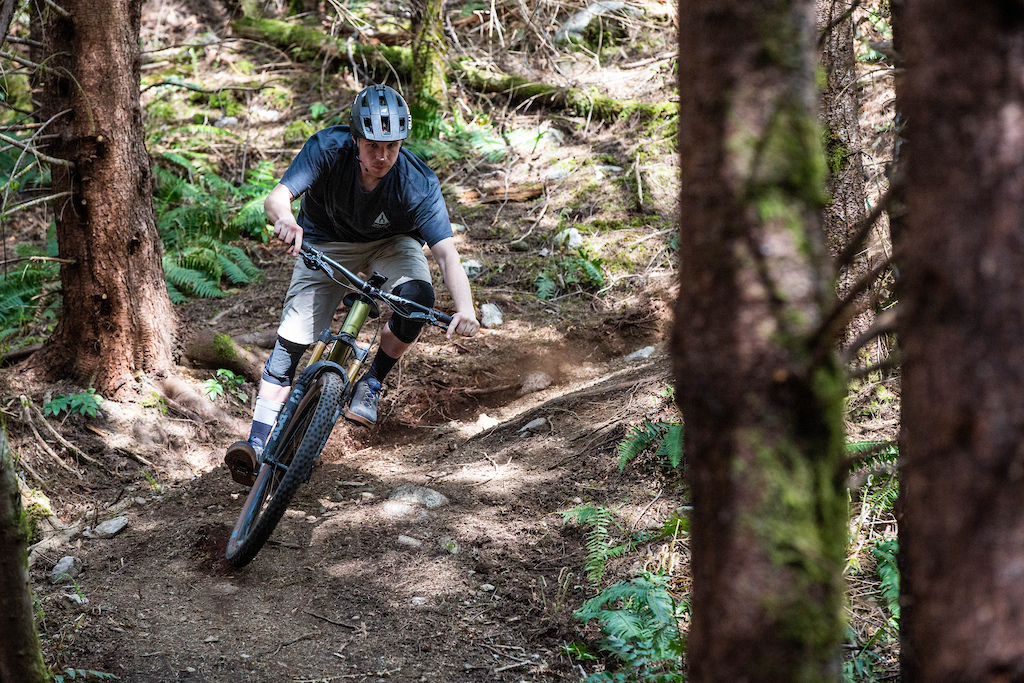
Riding the Neuron can sometimes be a case of biting off more than you can chew – and then just trying to savor the taste. Simply put, it isn’t the most capable trail bike – not by a long shot – but it does have an incredible balance that makes it feel so alive. It’s genuinely one of the most fun bikes I’ve ridden in a very long time. It’s raw, it’s fast, it’s sometimes slightly terrifying, but I really like it for these characteristics. You’re not separated from the trail, and to get the most out of it you have to be very much in tune with it.
How much of this is down to the geometry and how much down to the setup of the suspension? Well, I’d say it was a fifty-fifty split. While going back-to-back with a GRIP2 34 it’s clear how much this bike gets pushed around by the trail. When it gets rough it’s quite simply bullied by fast-paced and high-frequency hits. It puts up a fight, but ultimately it’s just a bit of a lightweight, which is something that funnily enough had me hooked. I actually spent a decent amount of time on this bike without any information on it other than the sticker on the downtube. I had a fun exercise where I wrote my guessed measurements down, and I was actually quite pleased with myself for how close I was. However, the one dimension I was furthest out from was travel – I thought this bike had 120 mm tops, paired with a 130 mm fork.

This does come back to you with dividends if you’re a rider that enjoys pumping both obstacles and turns for speed. The Neuron is so responsive to rider inputs and manages to accelerate out of rough sections or downslopes in a sheer, grin-inducing way that is impossible not to find satisfying.
Don’t compare this bike to a 130 mm bike like the Smuggler (although that’s exactly what I’m going to do in the next section) but rather see it as a downcountry bike with a bit more security. It’s slightly heavier, but rides light, and is more capable and comfortable than a lot of those offerings. If I compared this to some genuinely fantastic bikes like the 120 mm Trek Top Fuel or Rocky Mountain Element, this is a more surefooted descender, it also fits me better for climbs. It just so happens it’s not quite as light and perhaps not quite as efficient, but when we approach the compromise that way it makes far more sense than trying to make this bike hang with the new idler-equipped Druid. Simply, in its stock setup, it won’t, and you shouldn’t expect it to.
Braking on the Neuron is neutral, and it doesn’t seem to sink or squat. I think this characteristic blends in best with bikes that have a high front end as you can really brace against it. It was admirable on the brakes, and that stack height did a great job of also giving your body position a helping hand and keeping your heels dipped and eyes up. In fact, when things did get rowdy on this bike and I found myself trying to hit-and-hope my way out of trouble, the ability to really push off the bars and get into a strong, stable, and resistant position was a benefit.
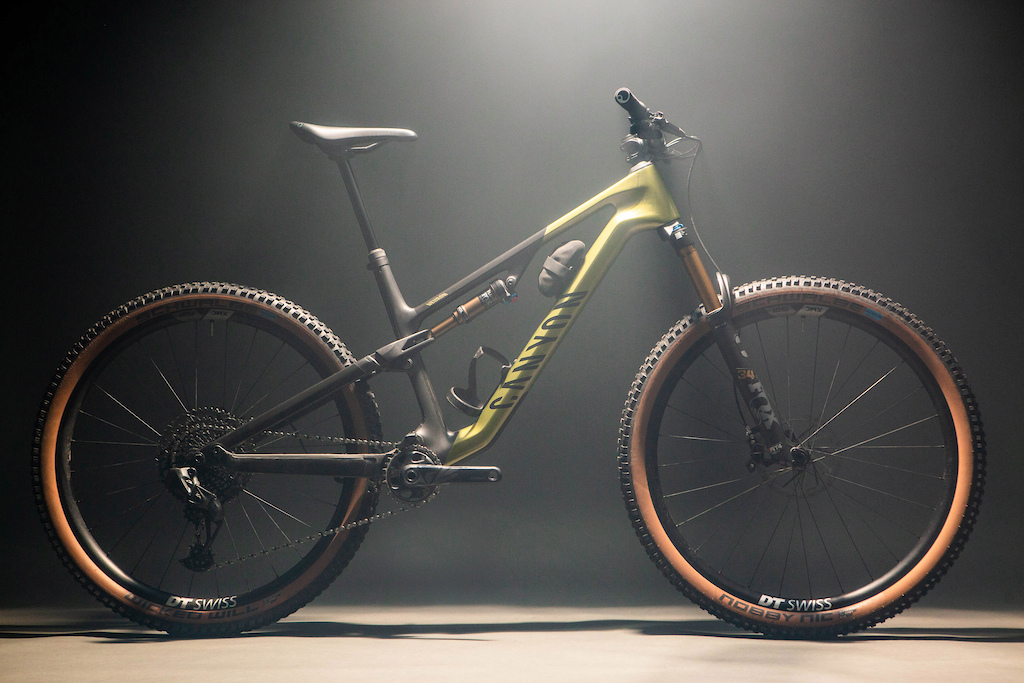
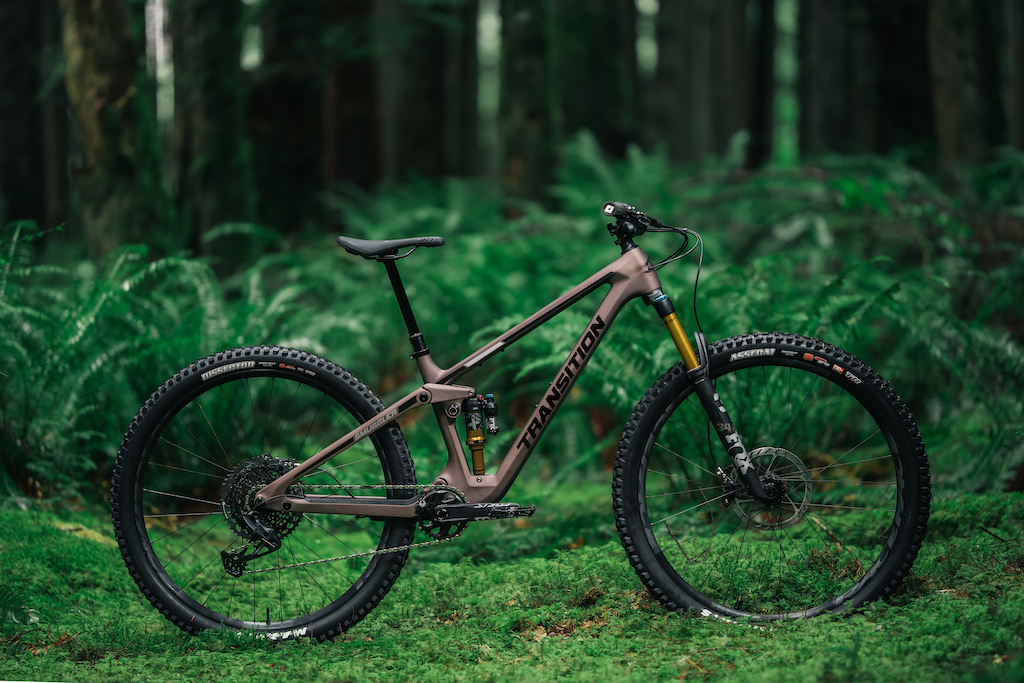
How Does It Compare?
If you can ignore the numbers, the Smuggler and Neuron feel like completely different bikes. The Smuggler is living off hand-me-downs from enduro geometry and the Neuron is off to the side, doing its own thing.
Where the Smuggler pads, the Neuron prangs. Where the Smuggler labors, the Neuron excels. There can be no comparison in terms of descending capabilities – the Smuggler is so far ahead both in terms of the confidence it gives you as well as the far more muted, stable sensation you will feel when you ride it. You can ride the Smuggler down almost anything, calm in the assurance that the bike is just so capable. The Neuron isn’t that bike, and I’m not sure it’s trying to be.
The Neuron is pure, unadulterated cycling fun. Not downhill runs or smashing through rocks. It wants to be ridden on flowing singletrack or dank wet forest, and keep you thoroughly engaged the whole while. I really learned to love it, in its own way.
If I had an enduro bike, and wanted a fun bike on the side for big days pedalling, it would be the Neuron. If I had one bike, or wanted to know I could ride whatever is around the corner with confidence, it would be the Smuggler.

Not all of these bikes are being brought into North America. In fact only a relatively small selection are. For that reason, I thought it could be more helpful to talk about the wider range. The consequence of this is that these prices will be in Euros.
The Neuron CF8 would be my pick of the bunch. It still gets the clean-looking carbon frame, but does away with the wireless gears, and several thousand of whatever your currency is. The bike comes with an SLX drivetrain and brakes, which is great for me, and suspension from Fox and wheels from DT Swiss. Plus, many of the other key parts are the same dimensions, just made of alloy. In fact, the GRIP damper in those Performance forks, while lacking some of the adjustment of the GRIP2 works in a very similar way, and I’d be curious to benchmark the performance against the FIT4.

Fox 34 FIT4: The Fox 34 is a magnificent fork. In fact, we awarded it the suspension product of the year in 2021. However, that was in its GRIP2 guise. The FIT4 is simpler to use (potentially) and more ready to go between preset compression settings. But for all-out performance, the GRIP2 damper is the one to get, and I believe it would be right at home on the Neuron.
Race Face Cockpit: A 760 mm wide bar and 60 mm stem, what is this 2013? Well, no. Not really. This bike isn’t a brute, and its cockpit falls in line with that feel. They’re comfortable, and keep the weight distribution where you want it, while also giving many of the benefits of more progressive setups. Longer stems can sometimes make the front wheel feel calmer and, quite frankly, it was lively enough as it is.
SRAM CODE RSC Brakes: There is a SRAM product manager somewhere about to be sick in their porridge but I’m going to say it – this bike is the type of bike the Codes really excel on. Yes, they work on enduro bikes, and I’ve always enjoyed using them, but shorter travel packages don’t miss the power that they don’t have, while also giving the adjustment that riders need.
DT Swiss XMC 1051 Wheels: Forgive me Father, for I have sinned. I smashed these poor wheels into so many rocks. I wrote so, so many cheques that I regretted instantly, but these carbon wheels from DT not only managed to stand the abuse but always kept me out of the red. There were some horrible noises, and lots of wincing on my behalf but they just kept on trucking. That, and they’re wonderfully responsive to ride, too.
+ Fast, efficient climber with sharp handling
+ Good value, with plenty of spec options in Europe
+ Has a lot of balance for true trail riding
+ Some great frame features
+ Like a very, very capable XC bike
– Suspension choices don’t match up to the geometry
– Not as capable as other trail bikes of the same travel
– Developed creaks early on in the test period

